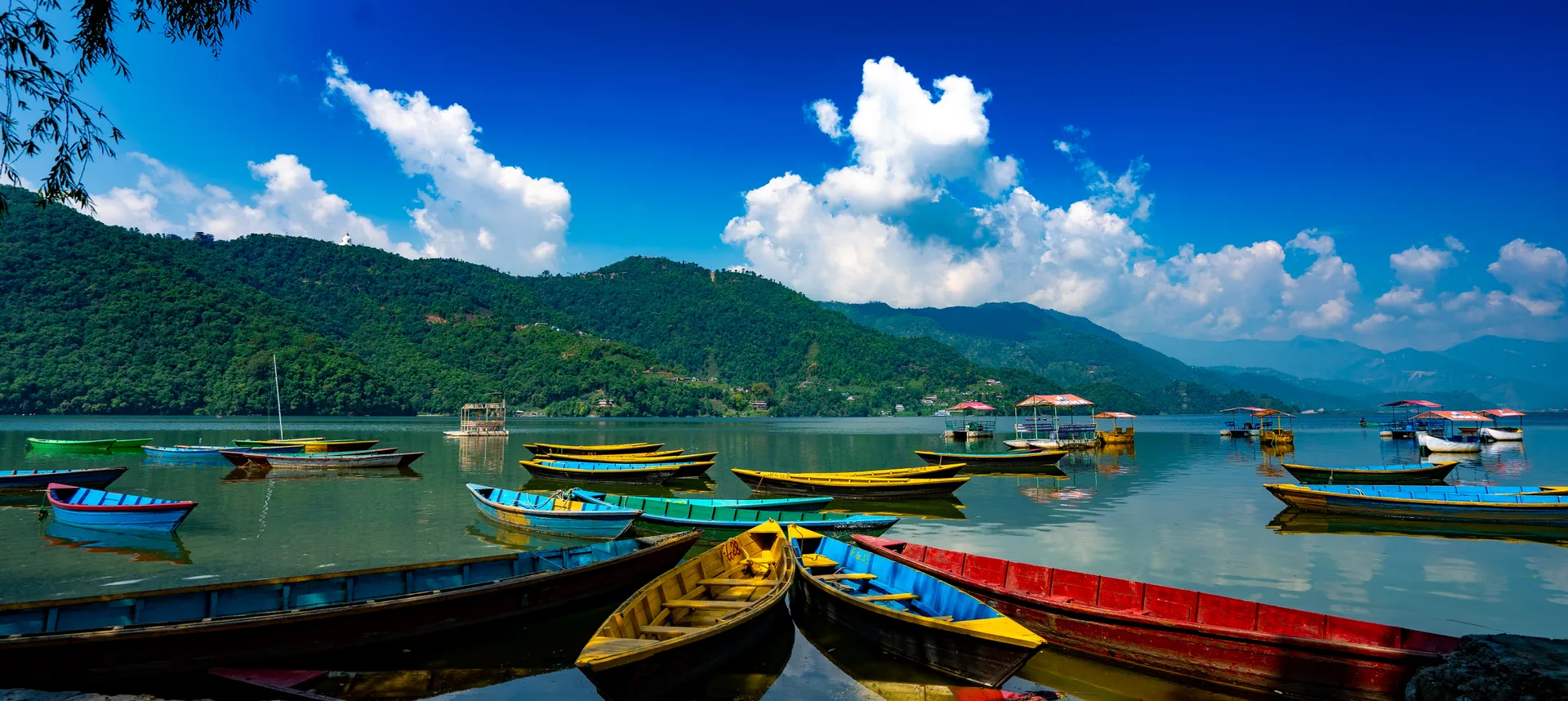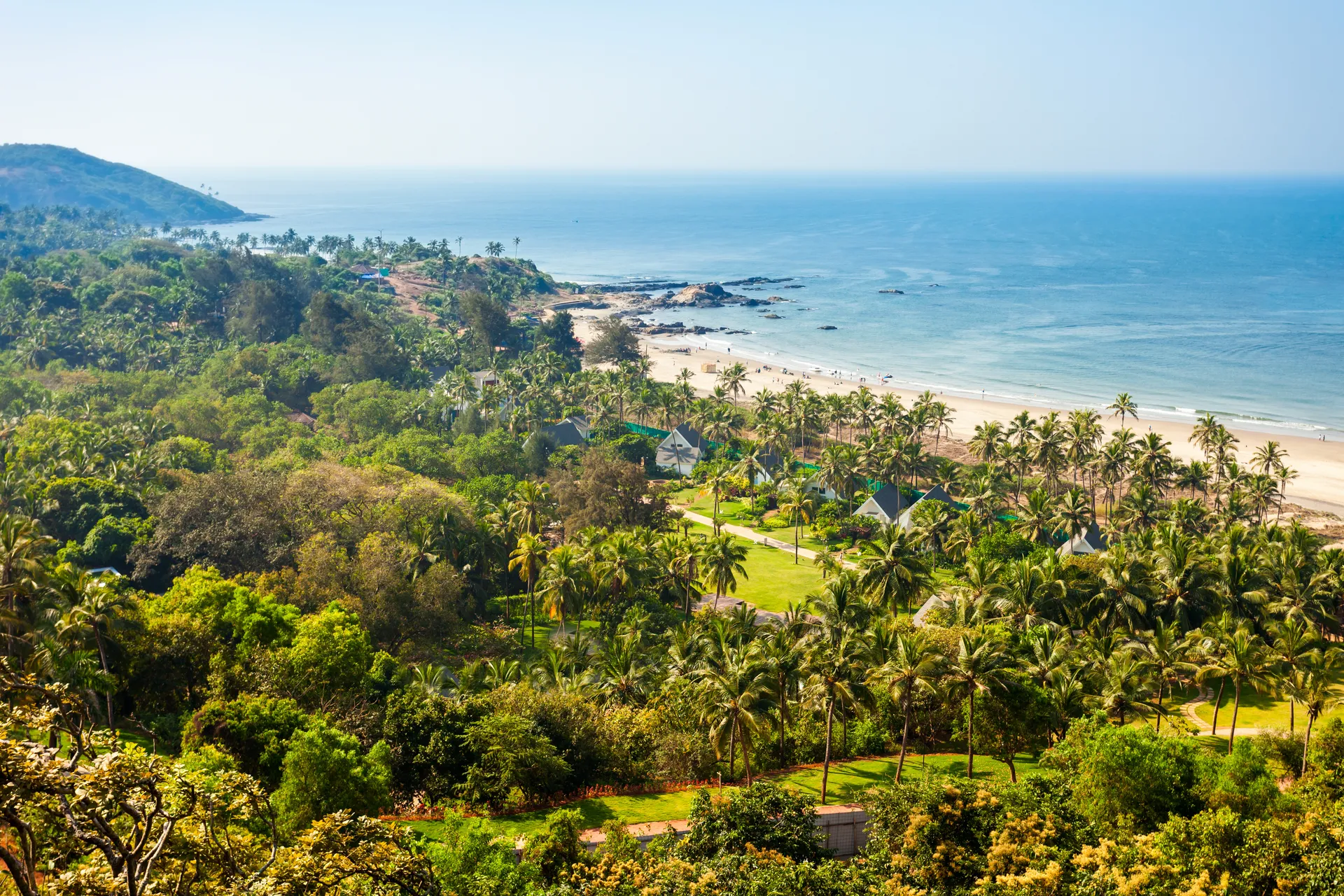
Bhutan, nestled in the majestic Himalayas, offers travellers a glimpse into a realm of ancient traditions, stunning landscapes, and spiritual tranquillity. From the colourful prayer flags fluttering in the mountain breeze to the imposing dzongs (fortresses) that stand as guardians of Bhutanese culture. Visitors are drawn to the serene monasteries perched on rocky cliffsides, the verdant valleys dotted with terraced fields, and the snow-capped peaks that reach towards the heavens. Embark on a journey and wonder in this extraordinary kingdom on a tour through Bhutan.
Best places to visit in East Asia
Thimphu
Tashichho Dzong: Explore the impressive Tashichho Dzong, a fortress and monastery that serves as the seat of the government and the central monastic body.
National Memorial Chorten: Discover the National Memorial Chorten, a prominent landmark and place of worship in Thimphu.
Paro Paro Taktsang (Tiger's Nest): The trek to Tiger's Nest is challenging but rewarding, offering stunning views and a profound spiritual experience. The monastery complex includes several temples and meditation caves, making it a place of pilgrimage and reflection. Perched on a sheer rock face 900 meters above the Paro Valley, Tiger's Nest is a sacred site dedicated to Guru Rinpoche, who is said to have meditated here in the 8th century.
Punakha
Punakha Dzong: Discover the majestic Punakha Dzong, located at the confluence of the Pho Chhu and Mo Chhu rivers. It is known for its stunning architecture and beautiful surroundings.
Chimi Lhakhang: Visit Chimi Lhakhang, also known as the Temple of Fertility, which is dedicated to Lama Drukpa Kunley.
Best Time to Visit Bhutan
Spring (March to May): Spring is one of the best times to visit Bhutan, with mild temperatures ranging from 10°C to 25°C. The season is perfect for trekking and exploring outdoor attractions, with blooming rhododendrons adding to the beauty.
Summer (June to August): Summer can be warm and humid, with temperatures between 15°C and 30°C. It's a great time to visit the higher altitudes and enjoy the lush green landscapes. However, be prepared for occasional monsoon rains.
Autumn (September to November): Autumn is considered the best season to visit Bhutan, with pleasant temperatures ranging from 10°C to 25°C. The clear skies and beautiful fall foliage make it ideal for sightseeing and trekking. The Thimphu Tshechu festival in September is a cultural highlight.
Winter (December to February): Winter can be cold, especially in the higher altitudes, with temperatures often dropping below freezing. However, it's an excellent time to visit the lower valleys, where the weather is milder.
All the hotels chosen for these escorted tours have been personally sourced and inspected by us. We pride ourselves on offering you comfortable, handpicked accommodation in some of the best locations around the world.
All of our English speaking local guides are passionate about their country and will accompany you from the moment you arrive in your destination, throughout your escorted tour and right until your departing flight home.
Where possible we have secured a limited number of places without a single Supplement on each escorted tour. These are strictly subject to availability and once they are all booked a supplement will apply.
Once you have booked, we will send you a comprehensive dossier with all your accommodation details, flight and airport information, country advice and other useful tips such as what to pack and luggage allowance.
Your Bhutan Questions Answered
Find out more about visiting Bhutan with the answers to these frequently asked questions.
We're here to help
Bhutanese cuisine is simple but flavourful, with rice, vegetables, and chilli being a common ingredients. Dishes like ema datshi (cheese and chili stew) and momos (dumplings) are popular.
It is generally safe to eat food in Bhutan, especially at reputable restaurants and hotels. As with any destination, it’s a good idea to stick to fresh, well-cooked food and drink bottled water.
Yes, travel insurance is highly recommended. It provides coverage for medical emergencies, trip cancellations, and lost luggage, ensuring peace of mind during your travels.
Must-see attractions include the iconic Tiger’s Nest Monastery, perched on a cliff in the Paro Valley, the Punakha Dzong with its stunning architecture, and the vibrant city of Thimphu with its temples and markets.
It’s important to show respect for local traditions and the monarchy. When visiting temples and monasteries, dress modestly, covering your shoulders and knees, and always remove your shoes before entering. It’s polite to offer a gentle greeting with a slight bow, and avoid pointing your feet at people or religious objects. Photography may be restricted in some sacred areas, so always ask for permission before taking photos.
Pack layers of clothing to adjust to varying temperatures, as it can be cool in the mornings and evenings, especially in the mountains. Comfortable shoes are essential, along with a rain jacket. Don’t forget sunscreen, a hat, and sunglasses, and a camera.
The best times to visit Bhutan are during spring (March to May) and autumn (September to November). These seasons offer mild weather, clear skies, and the best conditions for trekking and sightseeing. Spring is great for seeing blooming flowers, while autumn offers beautiful views of the Himalayan peaks.
Bhutan is considered a safe country to visit. As with any destination, it's always wise to take standard precautions, such as securing your belongings and being aware of your surroundings.
The official language of Bhutan is Dzongkha. However, English is widely spoken, especially in urban areas, and many Bhutanese people also speak other local languages and dialects.
The currency used in Bhutan is the Bhutanese Ngultrum (BTN). The Indian Rupee (INR) is also accepted in some places.
Similar destinations to Bhutan
We use cookies to optimise site functionality and give you the best possible experience. Clicking accept will also allow us to personalise your advertising using marketing cookies. You can find out more about our use of cookies.



